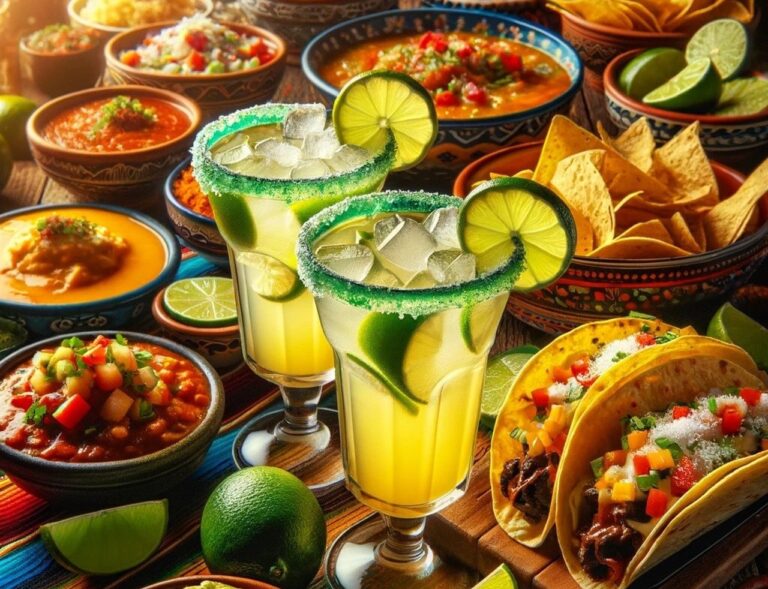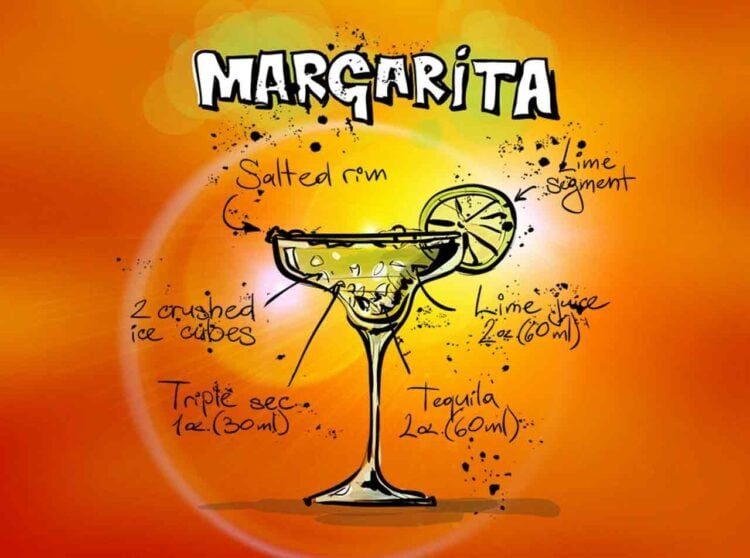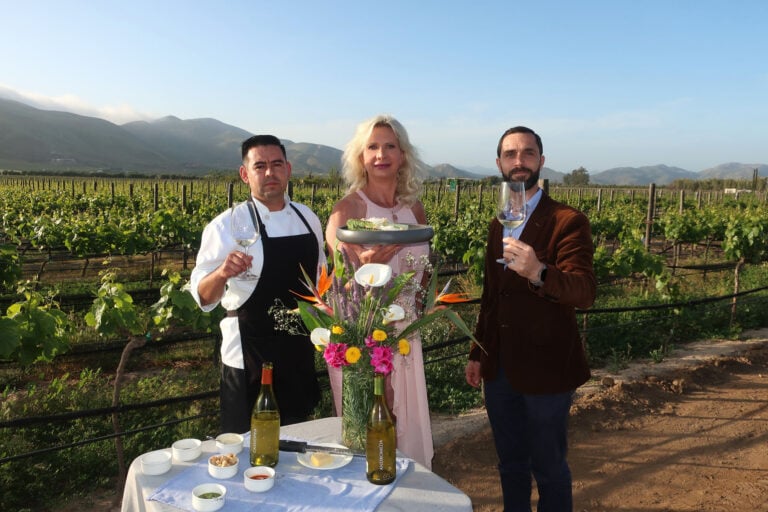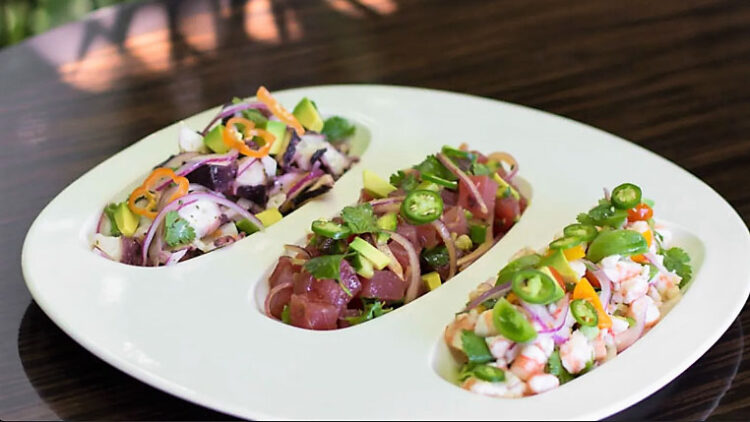Honig, Sauvignon Blanc 2019 | North Coast, California
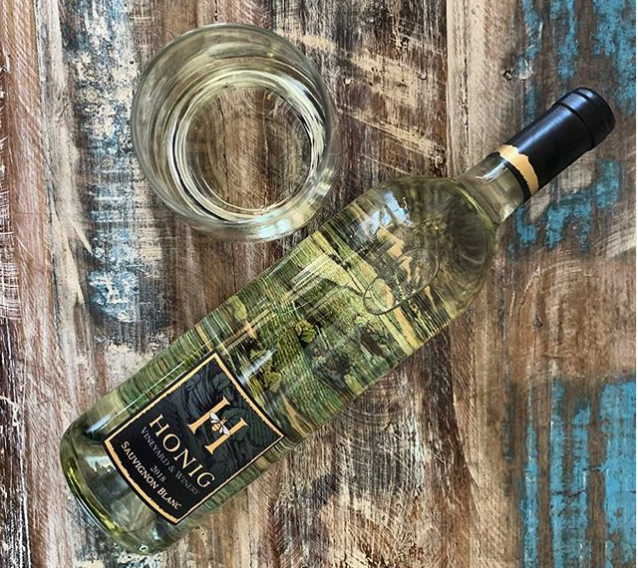
Wine of the Week – August 24, 2020
The first cuttings of Sauvignon Blanc were brought to California in the 1880s by Charles Wetmore, founder of the Cresta Blanca Winery in Livermore. These cuttings came from the vineyards of Château d’Yquem in Sauternes, Bordeaux.
From there, Sauvignon Blanc spread throughout the state: Inglenook Winery, Beaulieu Vineyards, Larkmead, Eschol (now Trefethen) and Robert Mondavi were all Sauvignon Blanc pioneers. The Robert Mondavi To Kalon Vineyard “I Block” Sauvignon Blanc vines, planted in 1949, are the oldest Sauvignon Blanc vines in Napa, CA.
In 1964, Louis Honig purchased a 68-acre ranch in Rutherford, CA, in the heart of Napa Valley. The vineyard was planted with Sauvignon Blanc and Cabernet Sauvignon grapes which he sold to neighboring wineries. Honig worked to create a family gathering place at the ranch, for his children and grandchildren, while he dreamed of the day he could retire from his advertising agency and make wine from his own grapes.
He passed away before he could realize his dream, leaving the estate to his family. In 1981, as a tribute to his legacy, his family produced a few hundred cases of Louis Honig Sauvignon Blanc in the vineyard’s old tractor barn. After the wine won a Gold Medal at the Orange County Fair, CA, the family decided to increase production and Honig Vineyard & Winery was born.
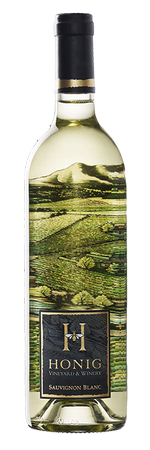
Origin: 63% Napa County, 29% Lake County, 8% Solano County, CA
Varietals: 96.8% Sauvignon Blanc, 2.7% Sémillon, 0.3% Muscat
Sustainability: the winery is 100% solar powered and certified sustainable
Suggested retail price: $19.50
ABV: 13.5%
The grapes for this wine were harvested during the cooler nighttime and early morning temperatures, preserving the inherent aromas and flavors. All of the fruit was whole cluster pressed and the juice was settled overnight before racking off the lees. The juice was fermented at moderately cool temperatures (60º-65º F) in stainless steel tanks using a variety of yeast strains selected to enrich the aroma and flavor profiles of Sauvignon Blanc. The wine was then aged on light lees, in stainless steel tanks, prior to blending and bottling.
The wine shows an attractive bright, light yellow color. The aromas are reminiscent of peaches, Meyer lemon, white grapefruit, tart apple and guava complemented in the taste with notes of citrus, ripe melon and stone fruit. Vibrant acidity carries the flavors into a mineral, mouthwatering finish.
Suggested food pairings: The acidity in Sauvignon Blanc makes it one of the world’s best food wines. Some classic pairings include rosemary roasted chicken, mussels and salmon. It’s also delicious with oysters, sautéed scallops, spicy Asian food and garlic.
> For more information, visit the Honig Vineyard & Winery official website.

